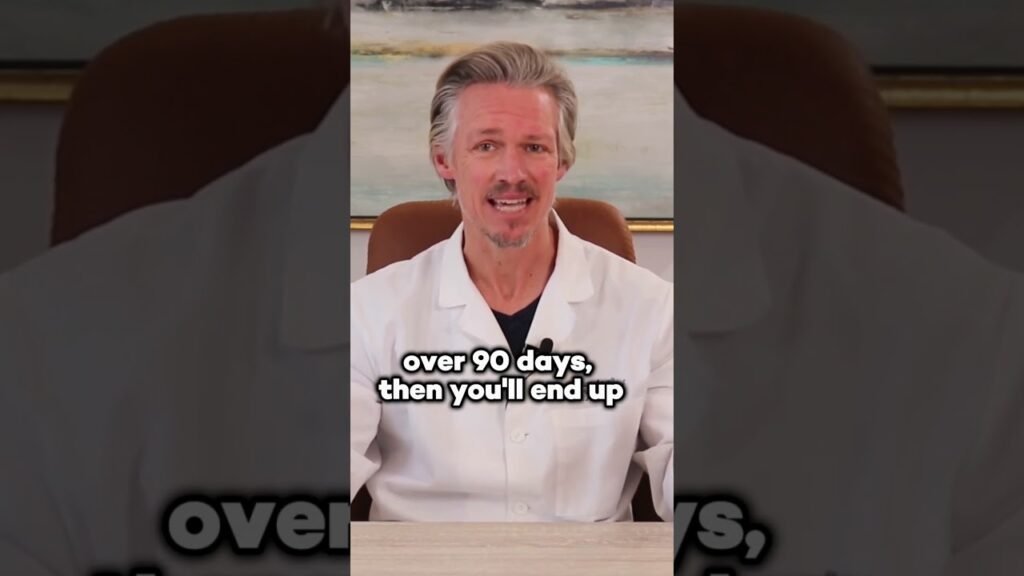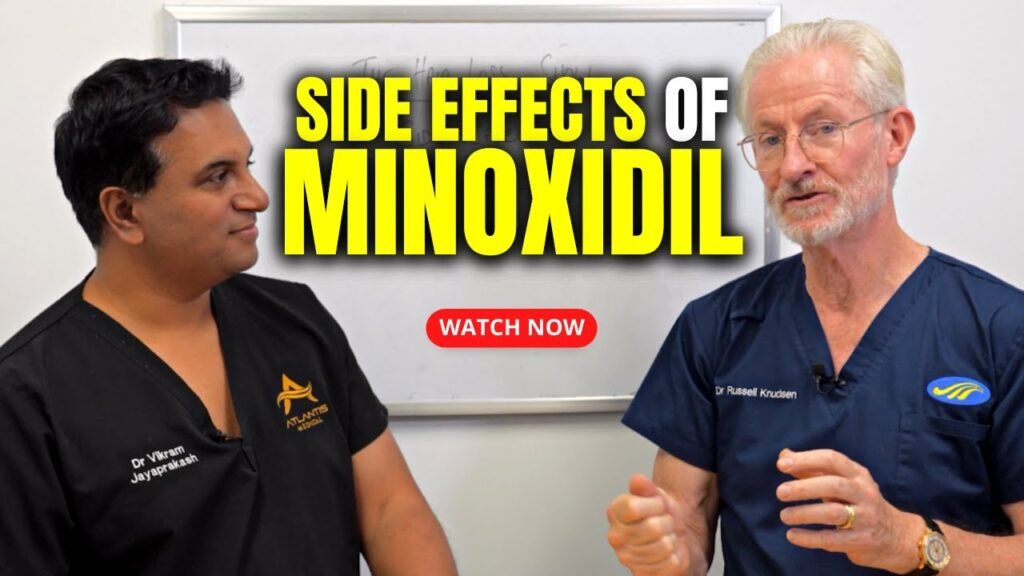Understanding Minoxidil: What It Does and How It Works
Minoxidil is a widely recognized topical treatment for hair loss, primarily used to stimulate hair growth in individuals experiencing androgenetic alopecia, commonly known as male or female pattern baldness. Originally developed as an oral medication for hypertension, researchers discovered its unexpected side effect of promoting hair growth, leading to the creation of topical formulations specifically for hair loss treatment. Minoxidil works by prolonging the anagen phase, or the active growth phase of hair follicles, thus increasing hair density and thickness over time.
The mechanism by which minoxidil promotes hair growth involves several factors. Primarily, it acts as a vasodilator, meaning it widens the blood vessels, allowing more oxygen, blood, and nutrients to reach the hair follicles. This enhanced blood flow revitalizes shrunken hair follicles, encouraging them to increase in size and transition into the growth phase. Additionally, minoxidil is thought to open potassium channels, which may help in maintaining hair follicle health and promoting a robust growth environment.
When using minoxidil, it is crucial to apply it consistently as directed, typically twice a day for optimal results. Users often begin to see noticeable improvements in hair growth within three to six months of regular use. However, its important to note that minoxidils effects are not permanent; discontinuing its use will likely result in the gradual loss of newly grown hair. Potential side effects include scalp irritation or dryness, but these can often be managed with proper application techniques and complementary hair care products.
Signs Its Time to Stop Using Minoxidil
Recognizing when its time to stop using Minoxidil can be crucial for your overall health and well-being. One of the most telling signs is experiencing severe side effects. While mild irritation or dryness is common, more serious symptoms such as rapid heart rate, chest pain, or dizziness may indicate that Minoxidil is not suitable for you. If you encounter any of these side effects, it is essential to consult with a healthcare professional to determine if discontinuing the treatment is necessary.
Another indicator that you might need to stop using Minoxidil is the lack of visible improvement after consistent use. Typically, Minoxidil takes several months to show results, but if youve been using it diligently for over six months without noticeable hair growth or improvement, it might be time to reassess its effectiveness for your situation. In such cases, consulting with a dermatologist or a trichologist can provide guidance on alternative treatments or solutions.
Allergic reactions are also a significant sign that you should stop using Minoxidil immediately. Symptoms such as rash, itching, swelling, or difficulty breathing require urgent medical attention. These reactions suggest that your body is not tolerating the treatment well, and continuing its use could lead to more severe health complications. Always ensure to follow up with a healthcare provider to discuss your symptoms and explore other potential hair loss treatments that are safer for you.
What Happens When You Stop Minoxidil: Immediate Effects
When you stop using Minoxidil, the immediate effects primarily revolve around the cessation of its stimulating action on hair follicles. Minoxidil is a well-known topical treatment for hair loss, particularly effective in cases of androgenetic alopecia. The drug works by increasing blood flow to hair follicles, thus encouraging hair growth and thickness. Once you discontinue its use, the most noticeable immediate effect is the halt in this stimulation, which may lead to the gradual reversal of its benefits.
In the first few weeks after stopping Minoxidil, you may not observe significant changes. However, as time progresses, hair follicles that were previously stimulated by the medication may enter a resting phase. This could lead to increased hair shedding, as the hair growth cycle normalizes without the influence of Minoxidil. Its important to note that this shedding does not happen immediately, but rather as the hair follicles naturally transition through their growth cycles.
Within a few months of discontinuing Minoxidil, users often notice a reduction in hair density and thickness. This change occurs because the hair follicles revert to their pre-treatment state. For many individuals, this means returning to the pattern of hair loss experienced before starting Minoxidil. While the rate and extent of hair loss can vary depending on individual factors, the loss of the treatments effects is a common outcome once the application is stopped.
Long-Term Consequences of Discontinuing Minoxidil
Discontinuing minoxidil, a widely-used treatment for hair loss, can lead to several long-term consequences, particularly for those who have experienced significant hair regrowth while using the medication. One of the most immediate effects is the potential for hair shedding. When minoxidil is halted, the hair follicles that were once stimulated by the treatment may return to their previous state, leading to the gradual loss of the newly regrown hair. This is because minoxidil works by prolonging the anagen phase of the hair growth cycle, and stopping the treatment can cause the follicles to revert to a shorter growth phase.
Another long-term consequence of stopping minoxidil is the possible return to the original pattern of hair thinning or balding. For individuals with androgenetic alopecia, also known as male or female pattern baldness, discontinuing the use of minoxidil can result in the resumption of the natural progression of hair loss. This means that over time, the hair density may decrease back to the level it was before starting the treatment. Its important to note that minoxidil does not cure the underlying condition but rather manages the symptoms, so its cessation can lead to a resurgence of hair loss symptoms.
Furthermore, individuals who stop using minoxidil might experience a psychological impact due to the loss of hair. For many, the improvement in hair density and coverage significantly boosts self-esteem and confidence. When the treatment is discontinued and hair loss resumes, it can lead to decreased self-confidence and potential emotional distress. This highlights the importance of consulting with a healthcare professional before making any decisions about stopping minoxidil, as they can provide guidance and potential alternatives to help manage hair loss effectively.
Alternatives to Minoxidil for Hair Loss Treatment
When it comes to addressing hair loss, Minoxidil is often the go-to solution. However, several individuals seek alternatives due to sensitivity, side effects, or a desire for natural options. One popular alternative is Finasteride, an oral medication that works by inhibiting the hormone responsible for hair follicle shrinkage. While primarily used by men, Finasteride has been effective in slowing hair loss and even promoting regrowth in some cases. Its important to consult a healthcare professional before starting this treatment, as it can have side effects, including potential impacts on sexual health.
For those interested in more natural options, Saw Palmetto is a plant extract often touted for its potential to block the same hormone targeted by Finasteride. Available in supplement form, Saw Palmetto is considered a gentler approach to hair loss treatment. Though scientific evidence is mixed, many users report positive results with consistent use. Additionally, incorporating biotin and other essential vitamins into your daily regimen can support overall hair health, providing the nutrients necessary for growth and reducing the risk of hair thinning.
Another non-pharmaceutical option is low-level laser therapy (LLLT), a treatment that uses laser devices to stimulate hair follicles and promote growth. This method is gaining popularity due to its non-invasive nature and the convenience of at-home devices. While LLLT is generally safe and has shown promise in clinical studies, results can vary, and it may require ongoing sessions to maintain hair growth. For those exploring alternatives to Minoxidil, these options offer varied approaches to managing hair loss, each with its own set of potential benefits and considerations.


